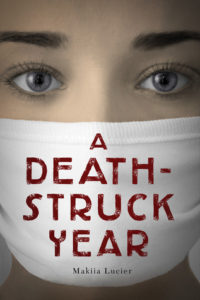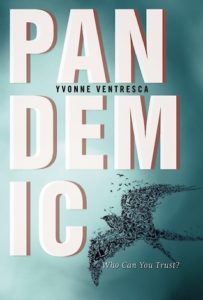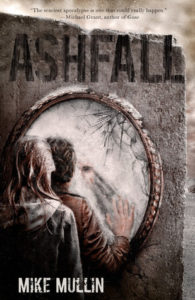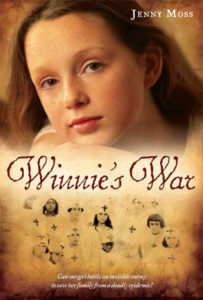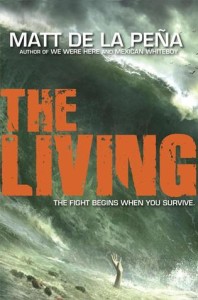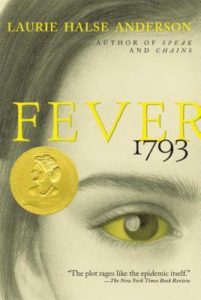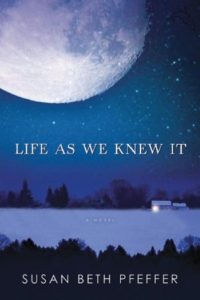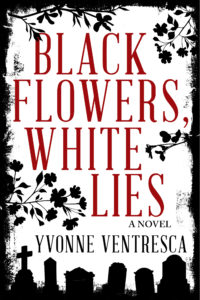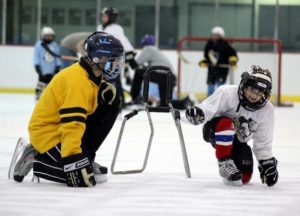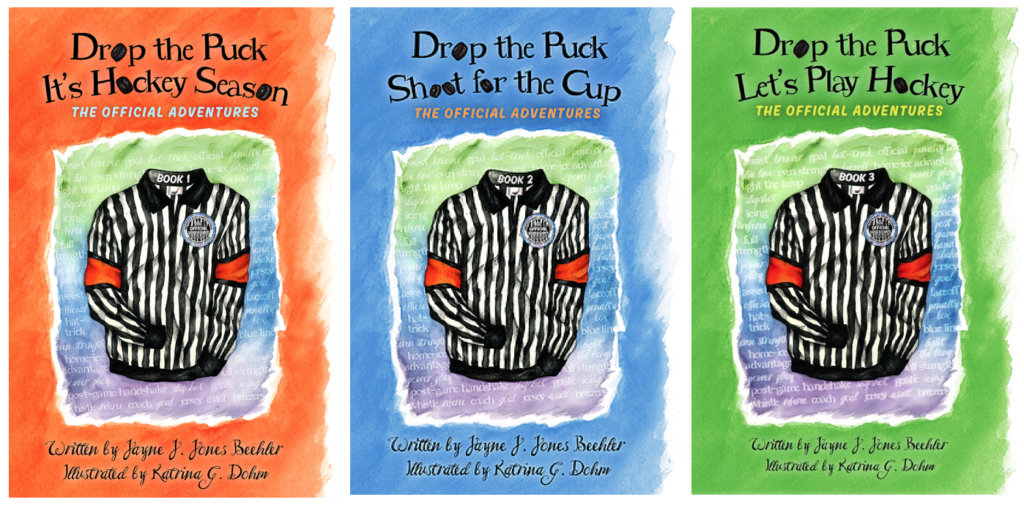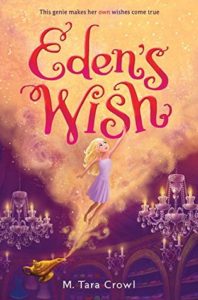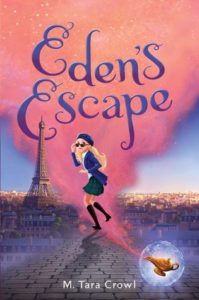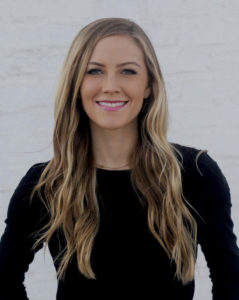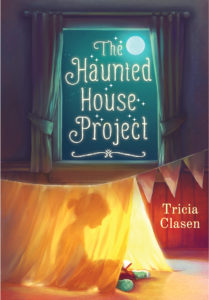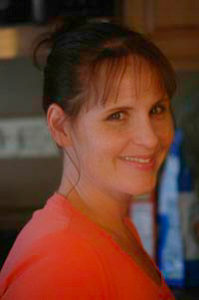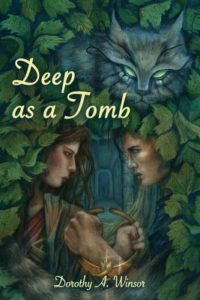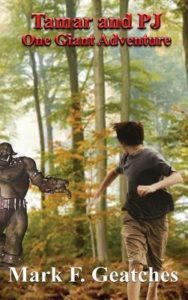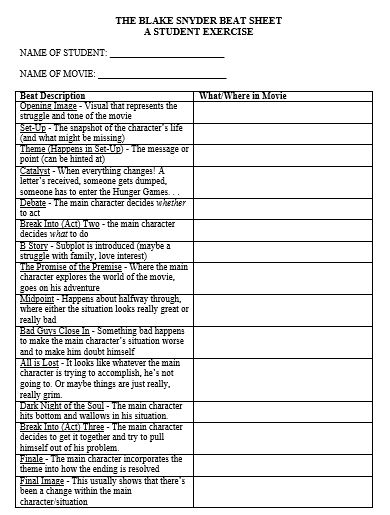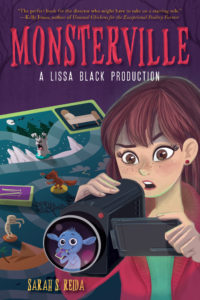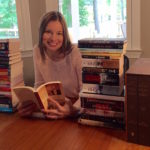“Survival Stories for Tweens and Teens”
With Zika virus and deadly hurricanes in the news, tweens and teens may have an increased interest in fictional survival stories. Here is a roundup of some of my favorites along with my own novel and a few from my to-read list.
Title: A DEATH-STRUCK YEAR
Author: Makiia Lucier
Disaster: Contagious disease/Spanish Influenza
Setting: 1918 Oregon
Ages: 12+
Pub date: Paperback, 2016
“In the grip of the deadly 1918 flu pandemic, not even the strong survive. The Spanish influenza is devastating the East Coast–but Cleo Berry knows it is a world away from the safety of her home in Portland, Oregon. Then the flu moves into the Pacific Northwest. Schools, churches, and theaters are shut down. The entire city is thrust into survival mode–and into a panic.
Seventeen-year-old Cleo is told to stay put in her quarantined boarding school, but when the Red Cross pleads for volunteers, she cannot ignore the call for help. In the grueling days that follow her headstrong decision, she risks everything for near-strangers. Strangers like Edmund, a handsome medical student. Strangers who could be gone tomorrow. And as the bodies pile up, Cleo can’t help but wonder: when will her own luck run out?. . .”
Title: PANDEMIC
Author: Yvonne Ventresca
Disaster: Contagious disease/Avian Influenza
Setting: Contemporary New Jersey
Age: 12+
Pub date: Paperback, 2016
In Pandemic, only a few people know what caused Lilianna Snyder’s sudden change from a model student to a withdrawn pessimist who worries about all kinds of disasters. After her parents are called away on business, Lil’s town is hit by what soon becomes a widespread fatal illness. With her worst fears realized, Lil must find a way to survive not only the outbreak and its real-life consequences, but also her own personal demons.
“This is an engrossing apocalyptic story, told through Lil’s eyes and newsfeeds as her neighborhood, then the East Coast, and finally the entire U.S. buckles to its knees as the pandemic spreads. . . . Themes of friendship and coming together in a crisis carry the novel.” –School Library Journal
Title: ASHFALL
Author: Mike Mullin
Disaster: Supervolcano eruption
Setting: Contemporary US
Ages: 12+
Pub date: 2012, Paperback
Other books in the series: ASHEN WINTER (Paperback, 2013), SUNRISE (Paperback, 2015)
In the aftermath of a supervolcano eruption, Alex struggles to survive a cross-country journey to reunite with his family. This is a well-researched, realistic disaster story, making it that much scarier.
“Under the bubbling hot springs and geysers of Yellowstone National Park is a supervolcano. Most people don’t know it’s there. The caldera is so large that it can only be seen from a plane or satellite. It just could be overdue for an eruption, which would change the landscape and climate of our planet.
For Alex, being left alone for the weekend means having the freedom to play computer games and hang out with his friends without hassle from his mother. Then the Yellowstone supervolcano erupts, plunging his hometown into a nightmare of darkness, ash, and violence. Alex begins a harrowing trek to search for his family and finds help in Darla, a travel partner he meets along the way. Together they must find the strength and skills to survive and outlast an epic disaster.”
Title: WINNIE’S WAR
Author: Jenny Moss
Disaster: Contagious disease/Spanish Influenza
Setting: 1918 Texas
Age: 10-14
Pub date: Hardcover, 2009
A family relationship story set during the historic Spanish Flu pandemic of 1918.
“Life in Winnie’s sleepy town of Coward Creek, Texas, is just fine for her. Although her troubled mother’s distant behavior has always worried Winnie, she’s plenty busy caring for her younger sisters, going to school, playing chess with Mr. Levy, and avoiding her testy grandmother. Plus, her sweetheart Nolan is always there to make her smile when she’s feeling low. But when the Spanish Influenza claims its first victim, lives are suddenly at stake, and Winnie has never felt so helpless.
She must find a way to save the people she loves most, even if doing so means putting her own life at risk. . . .”
Title: THE LIVING
Author: Matt de la Peña
Disaster: Earthquake/Tsunami
Setting: Contemporary US
Ages: 12+
Pub date: Paperback, 2015
Other books in the series: THE HUNTED (Paperback, 2016)
“Shy took the summer job to make some money. In a few months on a luxury cruise liner, he’ll rake in the tips and be able to help his mom and sister out with the bills. And how bad can it be? Bikinis, free food, maybe even a girl or two—every cruise has different passengers, after all.
But everything changes when the Big One hits. Shy’s only weeks out at sea when an earthquake more massive than ever before recorded hits California, and his life is forever changed.
The earthquake is only the first disaster. Suddenly it’s a fight to survive for those left living.”
Title: FEVER 1793
Author: Laurie Halse Anderson
Disaster: Contagious disease/Yellow Fever
Setting: 1793 Philadelphia
Ages: 10-14
Pub date: Paperback, 2002
An award-winning story set during a historical yellow fever outbreak, Fever 1793 is part coming of age story and part suspenseful survival.
“It’s late summer 1793, and the streets of Philadelphia are abuzz with mosquitoes and rumors of fever. Down near the docks, many have taken ill, and the fatalities are mounting. Now they include Polly, the serving girl at the Cook Coffeehouse. But fourteen-year-old Mattie Cook doesn’t get a moment to mourn the passing of her childhood playmate. New customers have overrun her family’s coffee shop, located far from the mosquito-infested river, and Mattie’s concerns of fever are all but overshadowed by dreams of growing her family’s small business into a thriving enterprise. But when the fever begins to strike closer to home, Mattie’s struggle to build a new life must give way to a new fight-the fight to stay alive.”
Title: LIFE AS WE KNEW IT
Author: Susan Beth Pfeffer
Disaster: Meteor collision with the moon
Setting: Contemporary PA
Ages: 12+
Pub date: Paperback, 2008
Other books in the series: THE DEAD AND THE GONE (Paperback, 2010), THIS WORLD WE LIVE IN (Paperback, 2011), THE SHADE OF THE MOON (Paperback, 2014)
Miranda and her family struggle to survive after a meteor collides with the moon, creating devastating consequences on Earth and her small hometown in Pennsylvania.
“Miranda’s disbelief turns to fear in a split second when a meteor knocks the moon closer to the earth. How should her family prepare for the future when worldwide tsunamis wipe out the coasts, earthquakes rock the continents, and volcanic ash blocks out the sun? As summer turns to Arctic winter, Miranda, her two brothers, and their mother retreat to the unexpected safe haven of their sunroom, where they subsist on stockpiled food and limited water in the warmth of a wood-burning stove.
Told in journal entries, this is the heart-pounding story of Miranda’s struggle to hold on to the most important resource of all–hope–in an increasingly desperate and unfamiliar world.”
Bio: Yvonne Ventresca’s latest young adult novel, Black Flowers, White Lies was recently published by Sky Pony Press (October, 2016). BuzzFeed included it at the top of their new “must read” books: 23 YA Books That, Without a Doubt, You’ll Want to Read This Fall. Her debut YA novel, Pandemic, won a 2015 Crystal Kite Award from the Society of Children’s Book Writers and Illustrators. A free educator’s guide for Pandemic is available for download from Yvonne’s website.
To connect with Yvonne: Facebook | Twitter | Blog | Instagram | Pinterest | Goodreads
Thank you, Yvonne, for this list of survival titles including many we loved and more that we want to read!
